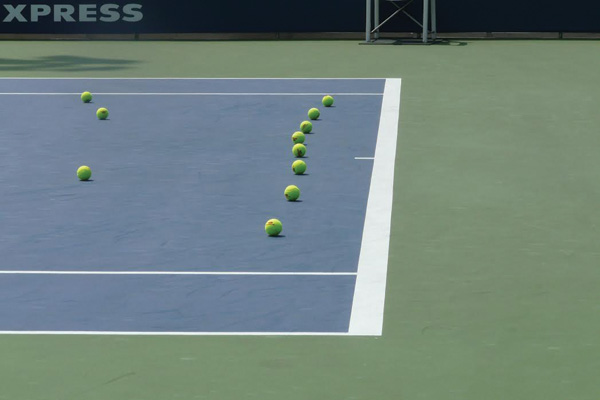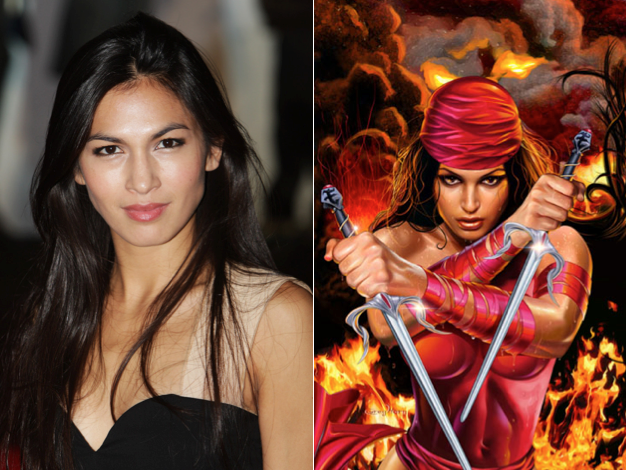by SUNG J. WOO
For the first 10 years of my life, I was the man of the house. I didn’t have a father, for he was in the United States while I was in South Korea with my mother and my two older sisters. Of course I didn’t feel like a man, but one thing that I thought would make me manly was learning the martial arts.
I begged my mother to send me to taekwondo class, but she said we didn’t have enough money. Years later, I’d find out that Mom did not want me to do anything that might endanger my livelihood; if she had it her way, I would’ve been homeschooled inside a bubble. But at the time, I just thought we were really poor.
So the only form of physical activity I experienced during my grammar school years in Korea was the series of morning calisthenics led by my teachers. With whistles at the ready, they had us stretching our limbs and jumping jacks in unison. Many of my fellow students hated this mandatory exercise, but I loved it. I loved moving my body, jutting out my hands and kicking my feet in the air, seeing the white smoke of my breath in autumn.
When we moved to the States, I played soccer and kickball like everybody else during recess, but team sports did not appeal to me. There was too much responsibility, too much risk that my poor judgment or questionable skills might doom an entire group to failure. As the years went by, and ad-hoc recreation turned to formalized sports with coaches, meets and uniforms, I saw this was not the life for me. And it wasn’t long before the roles we find in school got established, academic natural selection running its course: I would quash my athletic spirit and become a gold medal nerd.
So of all the regrets I have about my life (and at this point, I have enough to open up my own store), one of the biggest is that I did not discover the game of tennis in my youth. It would have been the perfect sport for me, as it is one of the loneliest. “Long-distance boxing” is one way to describe it—and, quite accurately, as it is just you and your opponent out there on the court, trying to knock each other out in the most gentlemanly (or ladylike) way possible. Even though it’s played as a team sport in high school and college (and professionally through World TeamTennis), that’s just to make it more attractive to kids and casual fans who are used to group athletics. Anyone who’s serious about the sport knows that singles tennis is what it’s all about, where there is no one to congratulate or blame but yourself.
Though I hit the yellow ball around with some friends in high school and college, I didn’t get into the game until my 30s. I used to be terrible, grateful for the fences that prevented my shots from flying over to the next block. I’ve since refined all of my strokes with the help of professionals and programs to a point where I’m not a walking embarrassment, but I can’t help thinking how much better I’d be if I had picked up a racquet as a kid.
Would I have fallen in love with tennis earlier if I had a Korean role model? It couldn’t have hurt. Growing up, there was always the Chinese American Michael Chang. Not to belittle (ahem) his accomplishments or anything, but his style of play as the relentless retriever, the guy willing to outwork everyone—it wasn’t exactly flashy or cool. Watching him play was as fun as my math homework. If there was any player I admired, it was the blue-eyed, blond-haired Stefan Edberg from Sweden, who attacked the net with his smooth-as-silk serve-and-volley game and looked awesome doing it.
Here’s the good news for the current generation of Korean and Korean American tennis hopefuls: We have a real live one in Hyeon Chung, a strapping (6’1”!) 19-year-old lad from South Korea who broke into the top 100 this year, and is currently ranked No. 74 as of this writing. That means he’ll gain direct entry into the Grand Slams such as Wimbledon and the U.S. Open, and in a few years, I fully expect him to compete with the best. He’s got the goods on both sides, able to launch flat, powerful forehands and backhands from the baseline. This April, Chung won his third ATP Challenger Tour tournament and was the first player to reach 20 wins on the circuit for 2015. And the future looks even brighter, as two juniors, Seong Chan Hong and Yunseong Chung, are currently ranked a respective No. 5 and No. 11 in the world. They’re both 17, so they’ll need a few more years to bulk up and grow up, but I like what I’m seeing.
These kids are going to be all right.
___
 Sung J. Woo’s short stories and essays have appeared in The New York Times,McSweeney’s and Hyphen. His debut novel, Everything Asian, won the 2010 Asian Pacific American Librarians Association Youth Literature Award. His second novel, Love Love, is forthcoming from Soft Skull Press in 2015.
Sung J. Woo’s short stories and essays have appeared in The New York Times,McSweeney’s and Hyphen. His debut novel, Everything Asian, won the 2010 Asian Pacific American Librarians Association Youth Literature Award. His second novel, Love Love, is forthcoming from Soft Skull Press in 2015.
This article was published in the June/July 2015 issue of KoreAm. Subscribe today! To purchase a single issue copy of the June/July issue, click the “Buy Now” button below. (U.S. customers only. Expect delivery in 5-7 business days).









